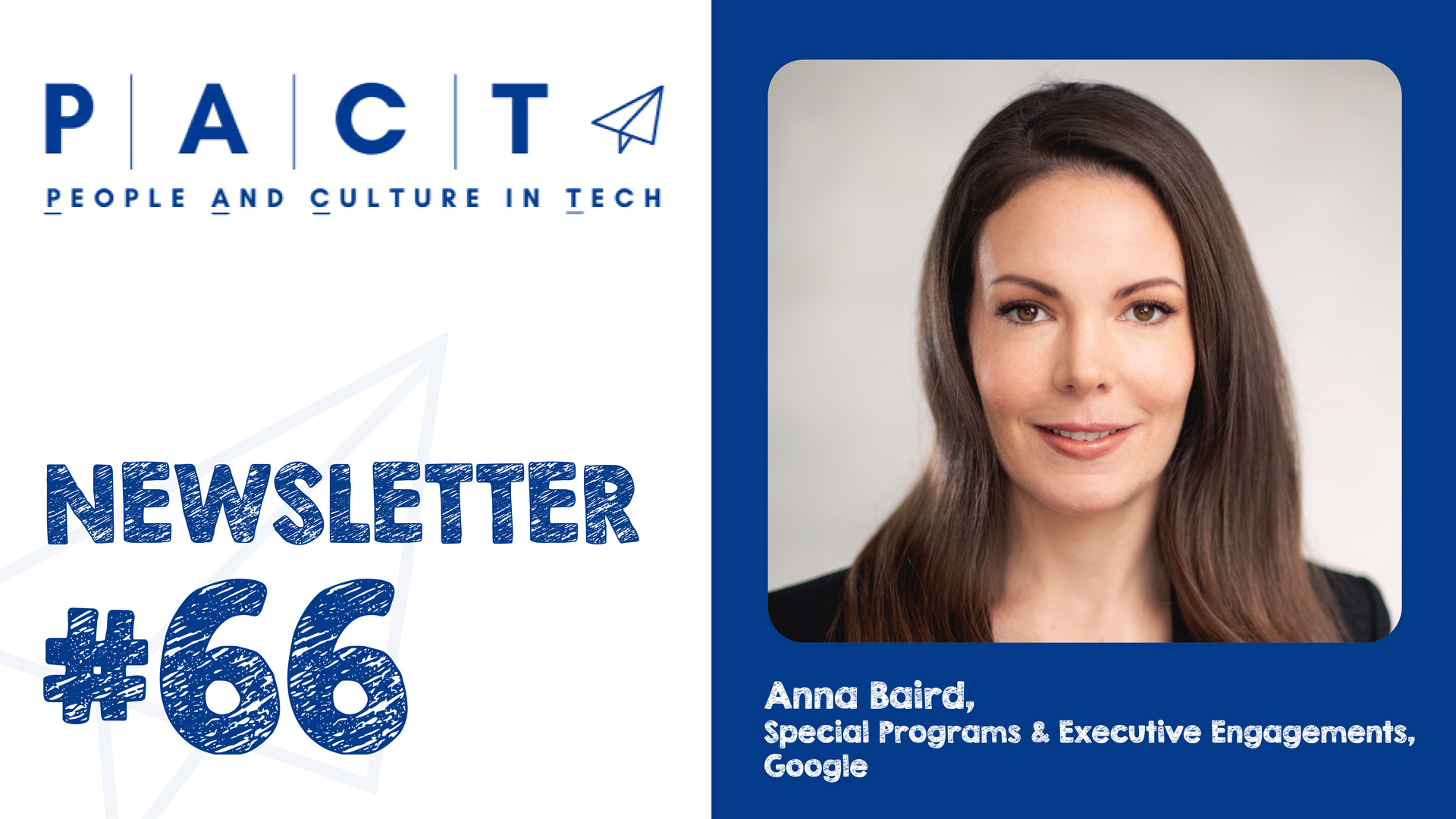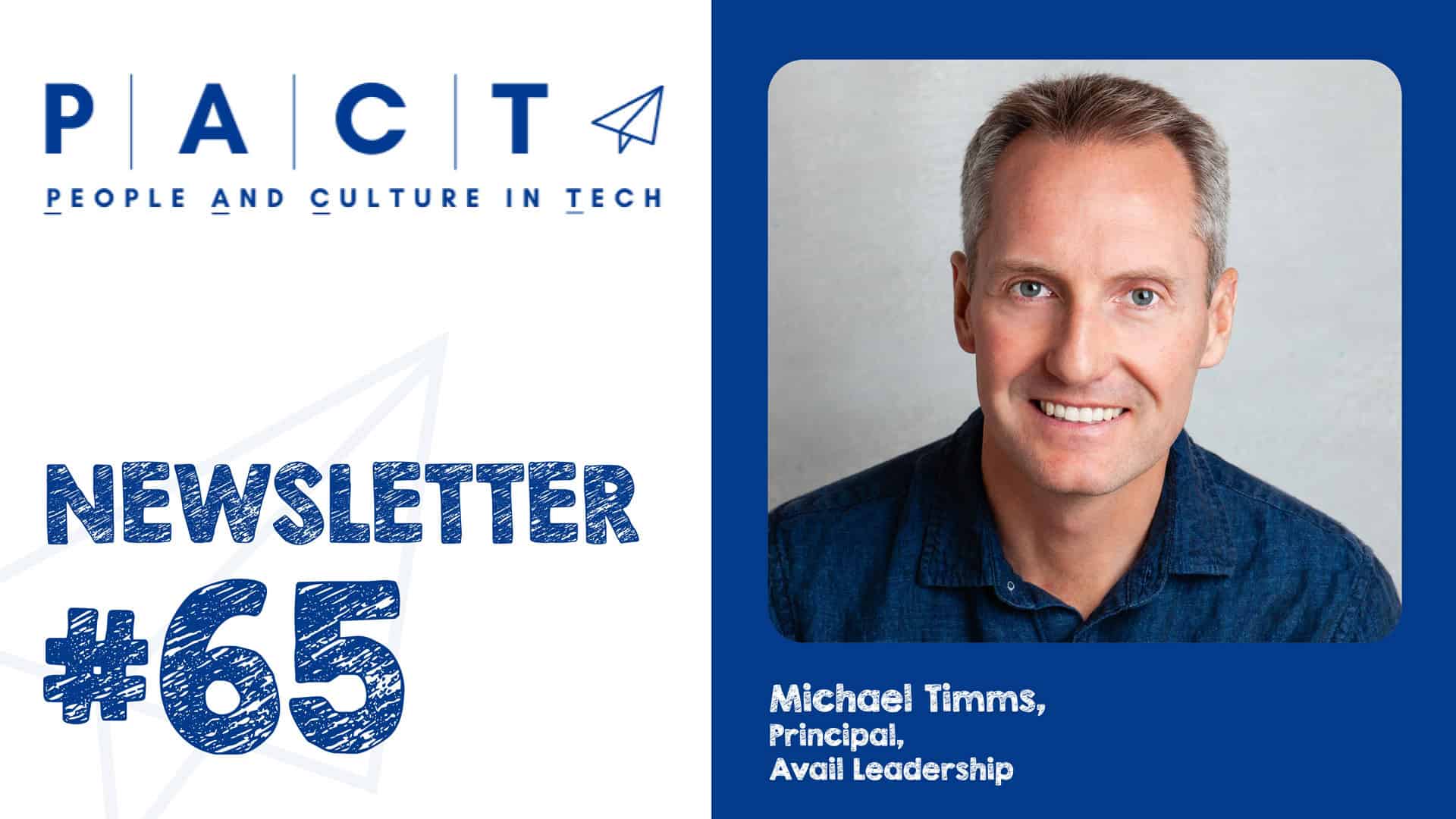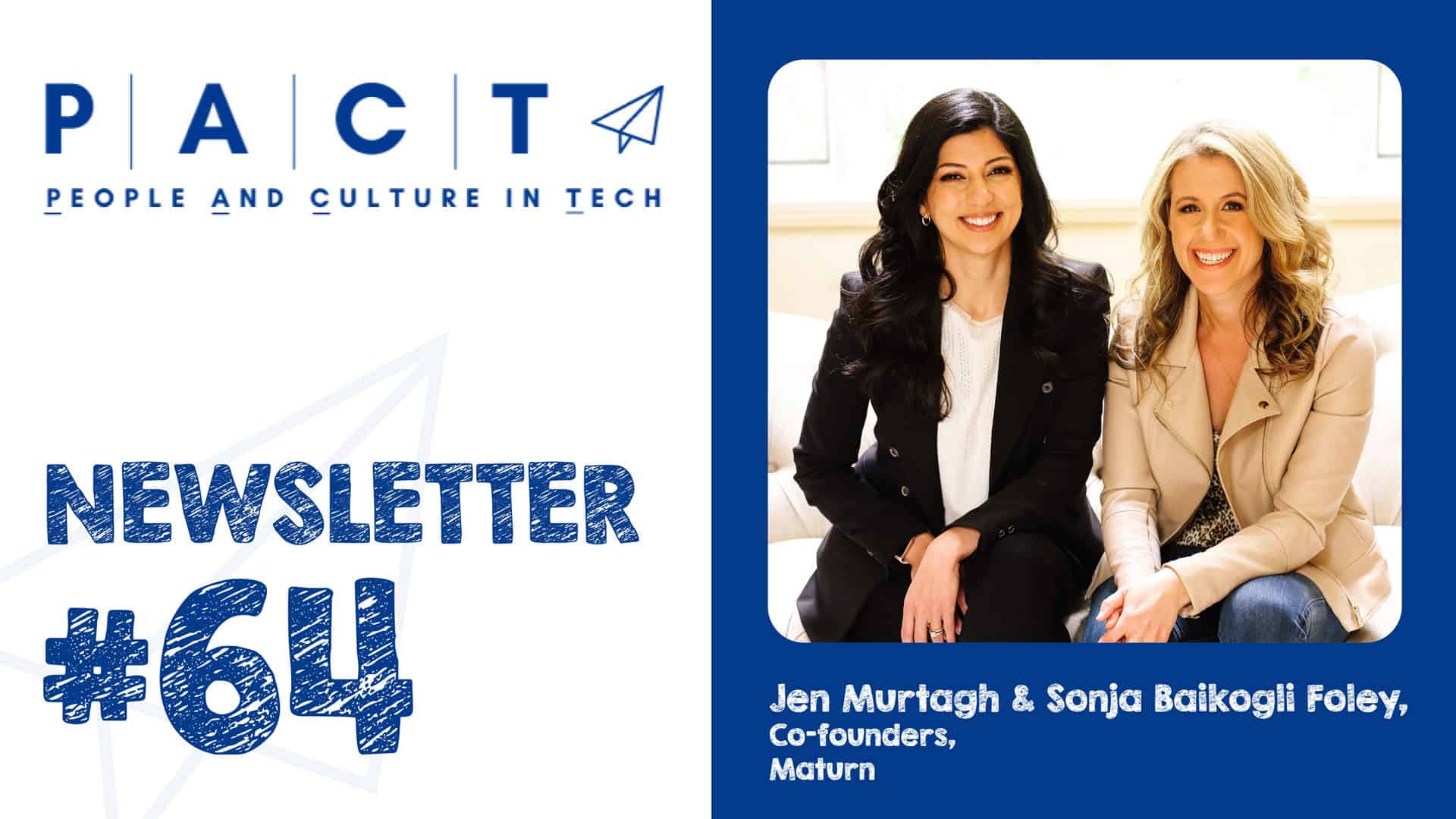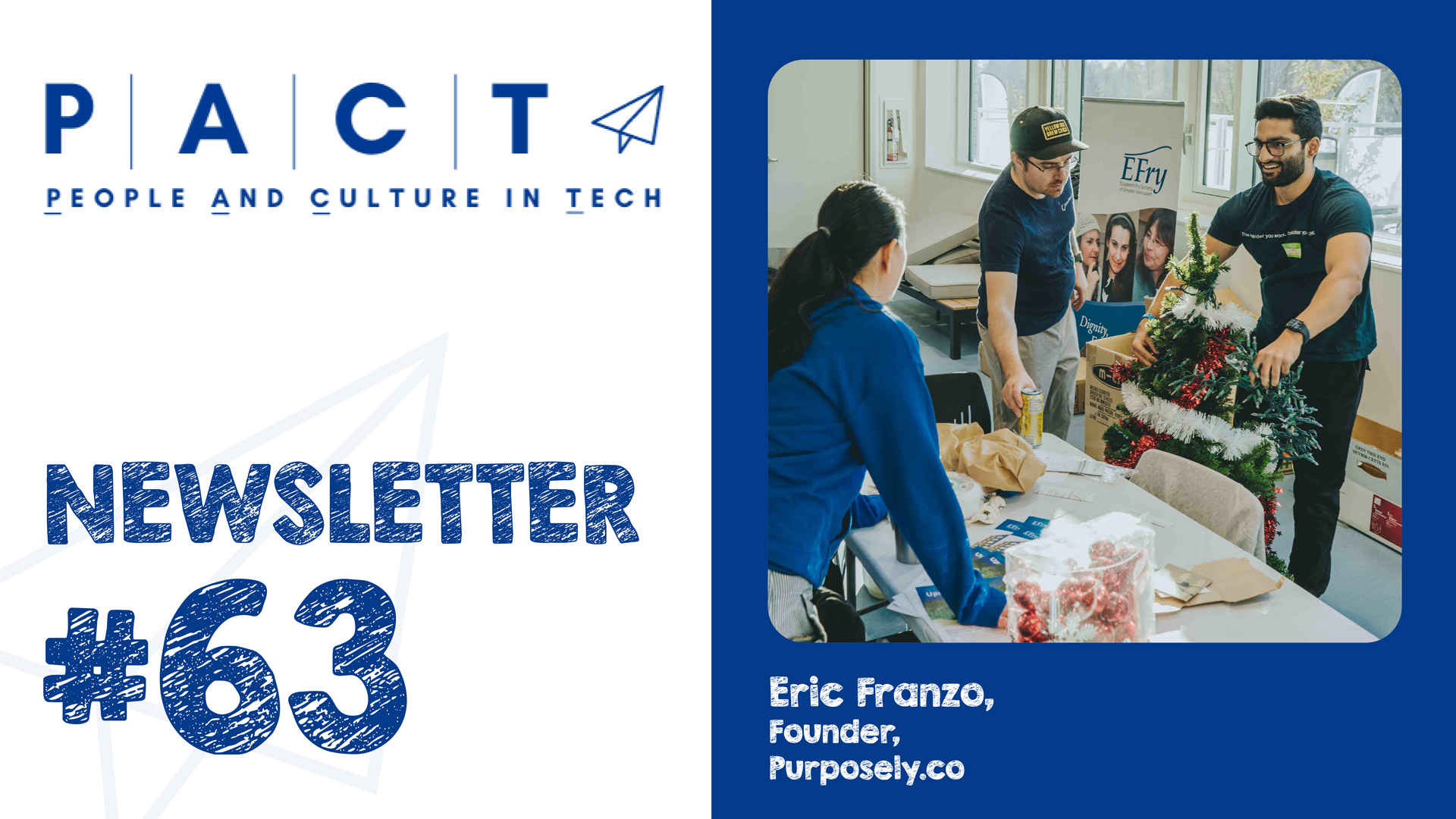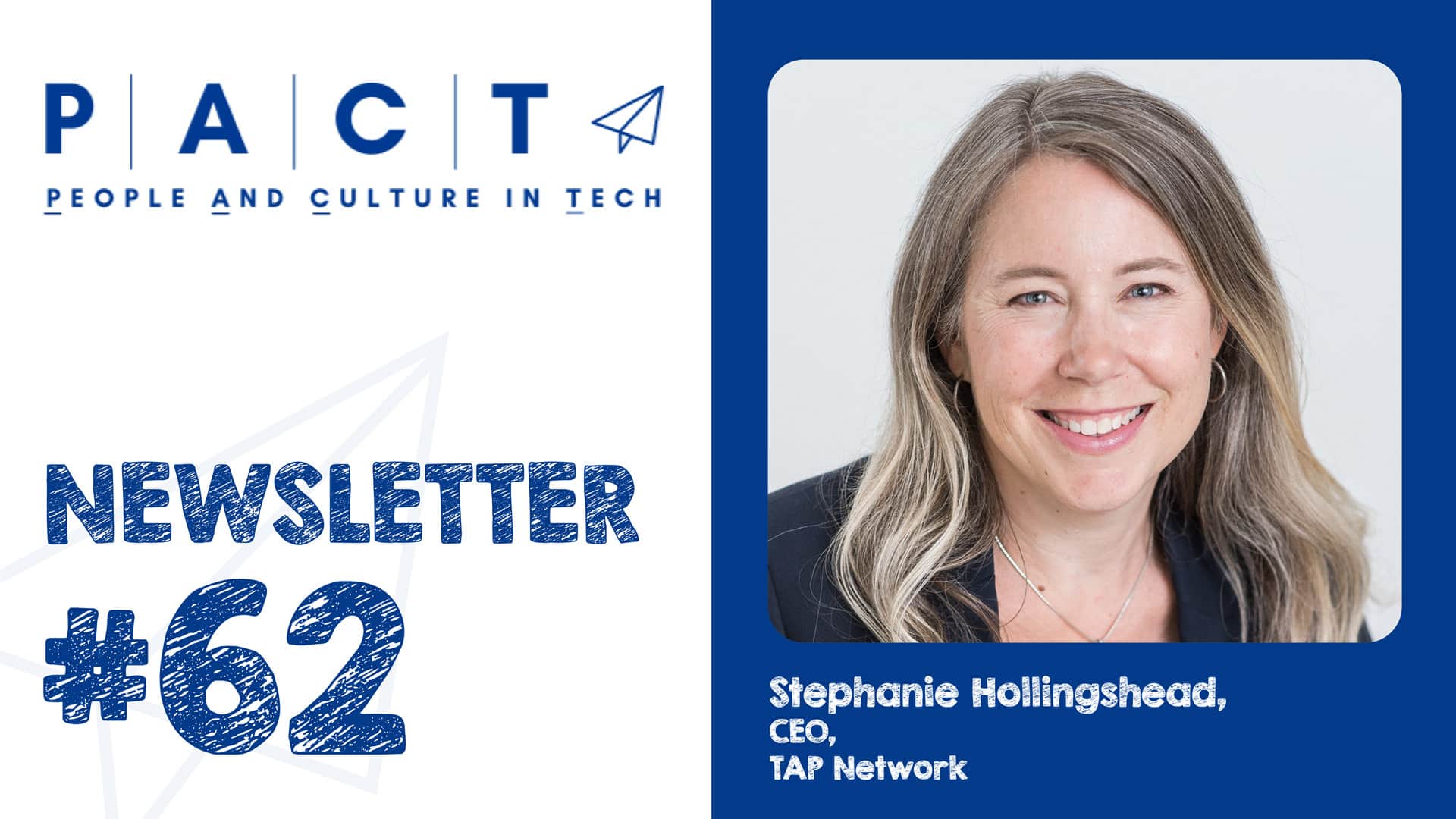Putting Our Trust in Hire Thinking: Leveraging Trust in Attraction and Retention
Jason McRobbie
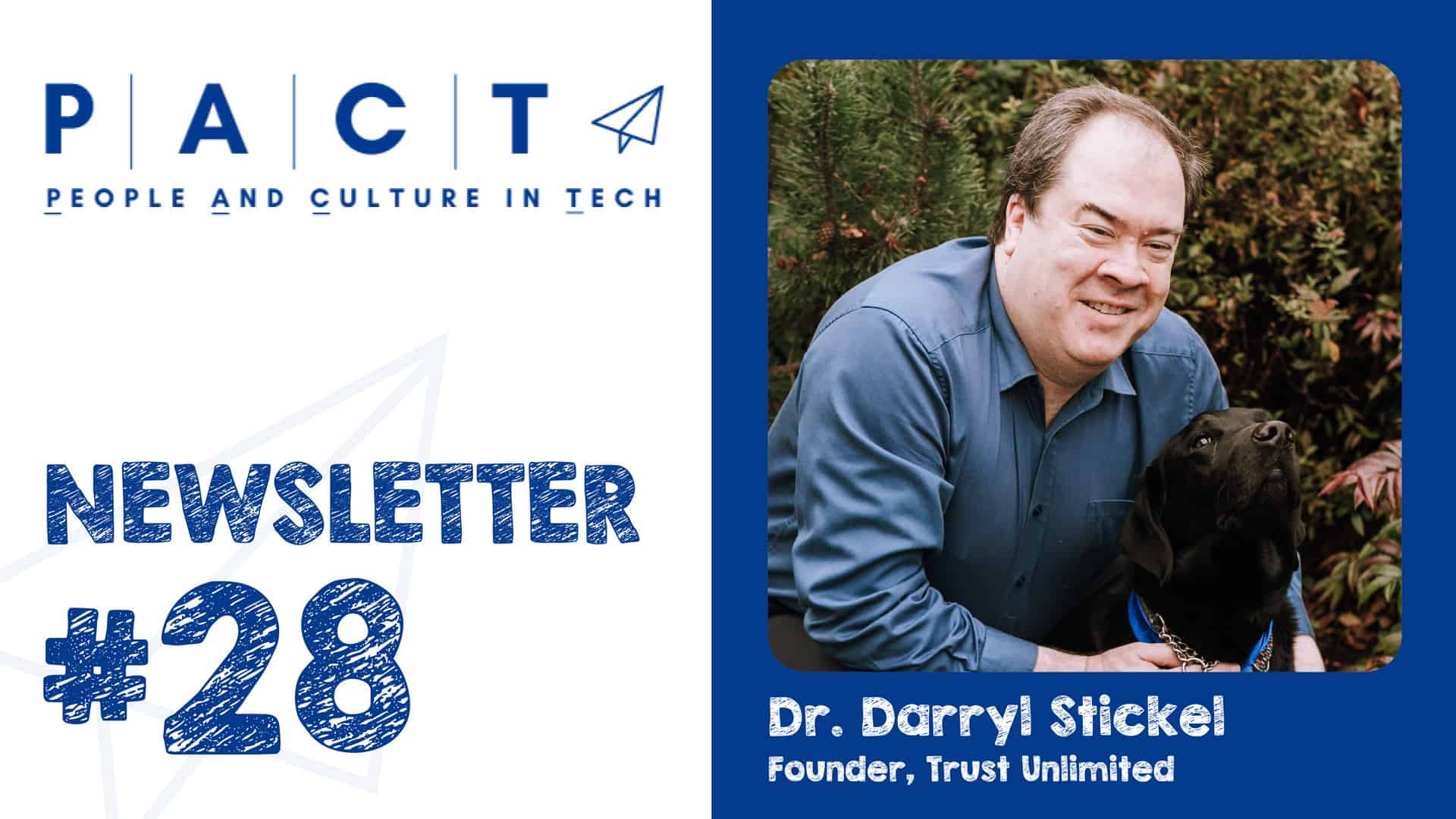
Trust is the tie that builds and bonds. For over 20 years, Dr. Darryl Stickel, founder of Trust Unlimited, has been helping individuals and organizations open themselves up to one of the most sustainable, but vulnerable, resources on the planet—trust. Grounding his work on a model developed for his PhD on “Building Trust in Hostile Environments” from Duke University, Darryl has since become one of the world’s leading experts on a topic that gets a lot of talk, but too little action.
What sets Darryl’s efforts apart from the wealth of work identifying the importance and components of trust is his focus on the building—or rebuilding as required. As he details in Building Trust: Exceptional Leadership in an Uncertain World, leaders need only learn which levers to pull (and when) in order to promote ‘hire' thinking in the workplace.
Key Takeaways:
- While the benefits of trust—higher profitability, efficiency and engagement—are known, how to build it into business, and hiring in particular, is less immediately visible;
- Businesses seeking higher levels of trust need to focus on perceived uncertainty and vulnerability;
- Leveraging benevolence and integrity in hiring and promotions is an effective means of operationalizing trust and maximizing attraction and retention results.
Transforming Talk Into Action
“There are all kinds of research that talk about how trust leads to higher returns for shareholders. It leads to higher levels of profitability, efficiency and employee engagement. It makes people more inclined to not just ‘do work’, but actually want to see the organization thrive and survive,” said Darryl. “It has incredible net benefits, but while there are a lot of people talking about it, they’re not talking about what to do about it.”
“So, I’ve spent 20 years helping a really broad range of individuals and organizations better understand what trust is, how to build it and how it works—problem solving with them around specific issues,” said Darryl. “A lot of what we look at are what we call Organizational Citizenship Behaviours—the things that really tend to drive profitability and efficiency for organizations. It’s people being willing to go above and beyond their job description whether that is to help out customers or each other by going the extra mile or through a wall to see somebody be successful. Those people and those scenarios show up a lot more often in places with higher levels of trust.”
Factoring Trust in the Hiring Process
In the context of leaders seeking to attract talent and develop their teams, Darryl is unequivocal. “Hiring and promotions are both trust decisions—especially when you consider that trust is a willingness to be vulnerable when you can’t completely predict how someone else is going to behave.”
“When we are hiring someone, we make ourselves vulnerable to them because they are going to have access to the organization’s resources, milling about with other people in the organization—they’re going to see what our secrets are,” Darryl explained. “And we’re going to spend money, time, and energy training, developing them, getting them up to speed and productive. All of that investment is based on an uncertain future pay off."
“The same thing goes for the employee. They’re making a decision about investing time and energy in joining a new organization. They don't know who’s going to be there. They don't know what their leader is going to be like. They don’t know what the culture is like,” said Darryl. “With all those questions, they’re putting themselves at risk for some disappointment or unhappiness. Sometimes they’re moving to a new location or leaving behind friends in a job, so there is the opportunity cost as well.”
Finding the right fit for both parties, Darryl knows, is really a matter of digging a bit deeper than the credentials and asking the questions that go to the heart of growing trust.
Trust is a Question of Perceived Risk
Darryl is a firm proponent of trust beginning with two questions—and they feature prominently in the mind of every potential new hire.
“The first question is ‘How likely am I to be harmed?’ which is perceived uncertainty. The second question is ‘If I’m harmed, how bad is it going to hurt?’ which is perceived vulnerability,” Darryl explained. “And those two things multiply together to give us a level of perceived risk.”
“We each have a threshold of risk that we are comfortable with and if the risk goes beyond that threshold, then we don’t trust. If it’s beneath it then we do,” said Darryl. “So, for leaders looking to build trust, the question becomes very simple, ‘What steps do I take to either reduce uncertainty or reduce perceptions of vulnerability to get to a place where people are comfortable enough to trust me?’”
“Once you frame it that way, it gets easier to apply. I’m not going tell you there is a silver bullet because there isn’t one, but I am going to tell you there is a framework you can use to understand the world,” said Darryl. “So, we look at reducing uncertainty and ask, ‘Where does it come from?’ Well partly it comes from meMaking the Implicit Explicit in the Remote Era
Darryl is a firm proponent of trust beginning with two questions—and they feature prominently in the mind of every potential new hire.
“The first question is ‘How likely am I to be harmed?’ which is perceived uncertainty. The second question is ‘If I’m harmed, how bad is it going to hurt?’ which is perceived vulnerability,” Darryl explained. “And those two things multiply together to give us a level of perceived risk.”
“We each have a threshold of risk that we are comfortable with and if the risk goes beyond that threshold, then we don’t trust. If it’s beneath it then we do,” said Darryl. “So, for leaders looking to build trust, the question becomes very simple, ‘What steps do I take to either reduce uncertainty or reduce perceptions of vulnerability to get to a place where people are comfortable enough to trust me?’”
“Once you frame it that way, it gets easier to apply. I’m not going tell you there is a silver bullet because there isn’t one, but I am going to tell you there is a framework you can use to understand the world,” said Darryl. “So, we look at reducing uncertainty and ask, ‘Where does it come from?’ Well partly it comes from me as the individual and partly it comes from the situation I am embedded in—the context.”
Mastering the Matrix for Greater Good
Darryl considers that all dimensions of that context in terms of a two-by-two matrix.
“There are formal and informal mechanisms of social control that are either near or far away from us,“ said Darryl. “And so, leaders need to ask, ‘Are there formal controls in place that limit my actions and does everybody know what those are?’ Similarly, ‘Are there informal controls and have I communicated those to everyone?’ And are there steps I can take to constrain myself either through public commitments or contracts that I sign or job descriptions that I can create?”
“As a leader, I need to understand the context as clearly as possible and to communicate that understanding as clearly as possible to all my stakeholders, so that I am easier to predict,” he added.
Encouraging a ‘Hire’ Caliber Conversation
Unfortunately, as Darryl points out, ability is by far the most popular lever, and this can impact hiring negatively on both sides of the question. He recommends a bend towards benevolence.
“What if we were to sit down for a conversation with the person hiring us and asked, ‘What are the biggest challenges that this organization is facing right now? How could I be helpful? What are the overlaps between your role and mine and what would a good colleague be to you,” said Darryl. “Pulling on that benevolence lever says, ‘I am actually thinking about you and whether I am a good fit for you.’”
“The track record for people who engage in that behaviour after I coach them is really good,” said Darryl, relating how it serves the employer well in kind. “Remember, if I am applying and get in, you are going to be spending hours with me and while it’s important to you that I can do the tasks, it’s also more important that I am not a complete jerk, right?”
Darryl has seen that deeper dive into the alternate levers of trust pay off time and again in the hiring process.
“When we start to show benevolence and integrity in the interview process, we have the ability to show the values we find important, how we have stood up for them in the past and can ask, “Will I have an opportunity to express them when I join your organization?” said Darryl. “It starts to send a different signal. It reduces uncertainty for the other person. It makes it easier to make that trust decision to hire.”
He encourages the same thinking around promotions.
“When I am promoting someone, I want to see them exhibiting the behaviours that will allow them to succeed in their next role. It's not enough that they are good at their current role. I want to be seeing signals that if I promoted them, they would be able to handle it and do it well,” he said. “So, I will encourage employees, when they are in their review or speaking with their boss, to ask, “What would good look like in my next role? How do it get there? What would I need to do to show myself ready for that? What kind of skills do I need to build? This is how we pull the integrity lever far more effectively.”
BACK






